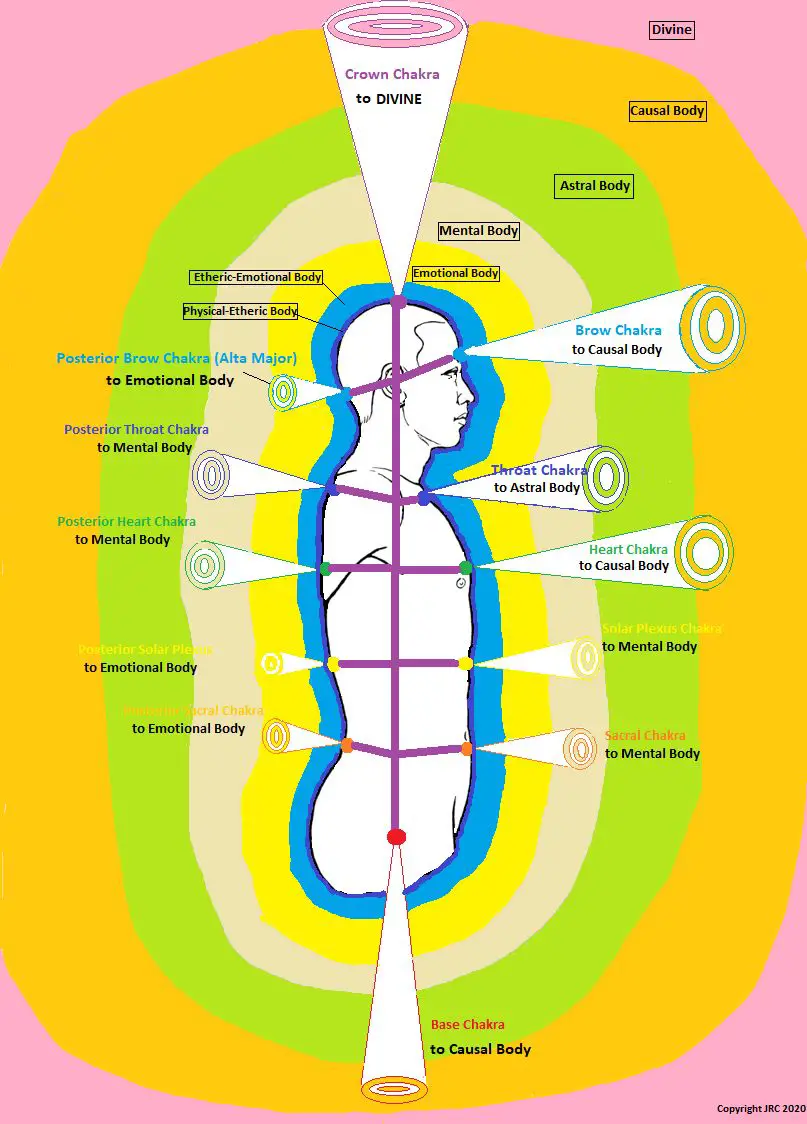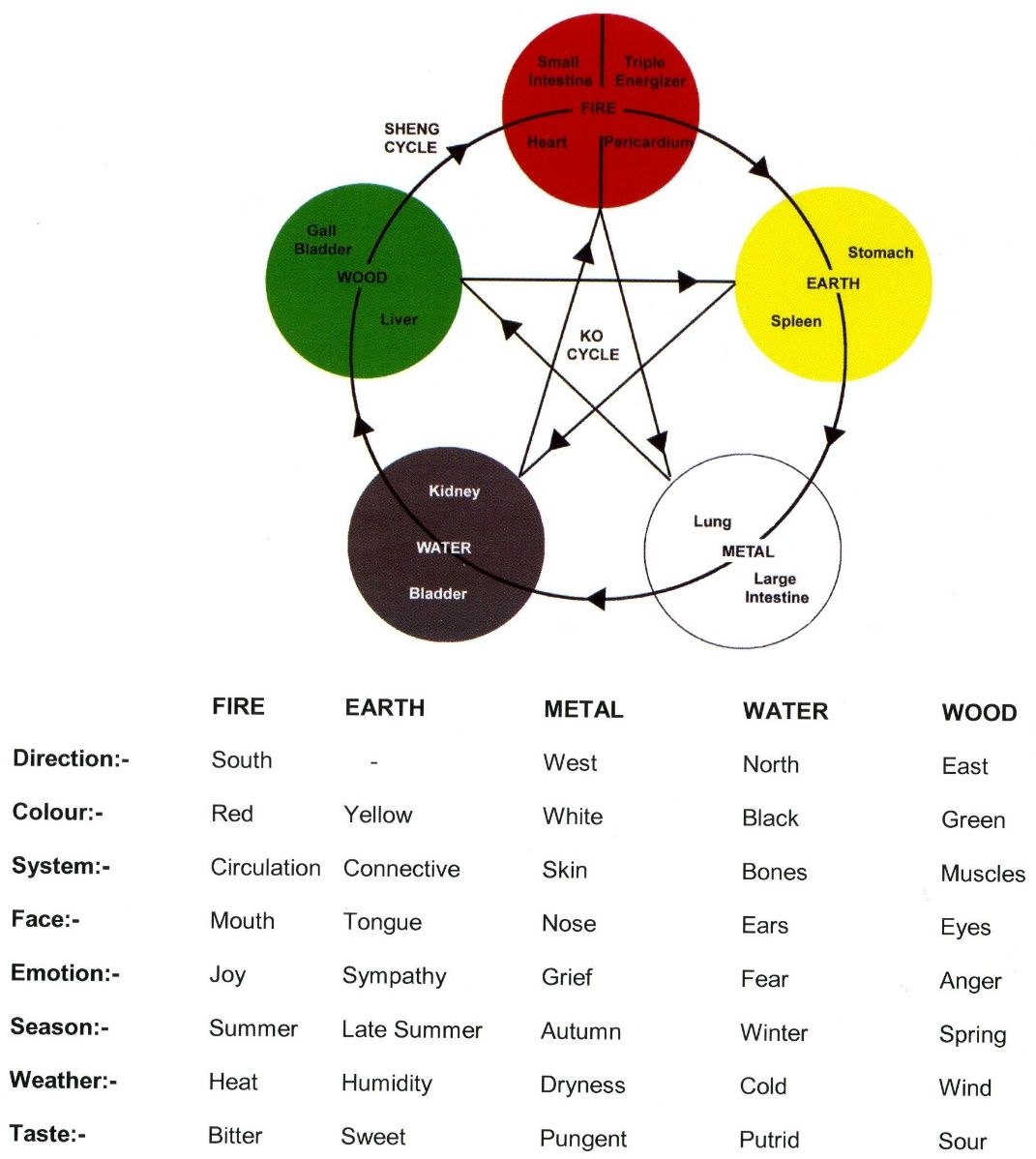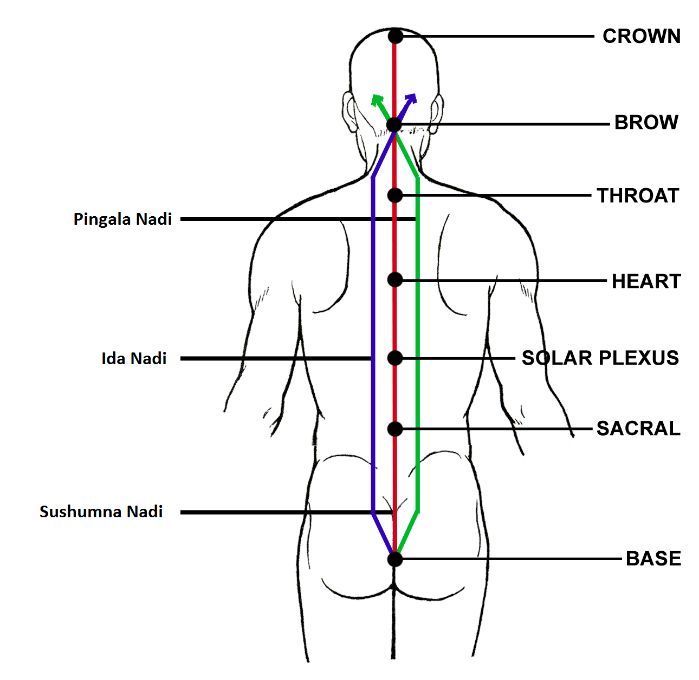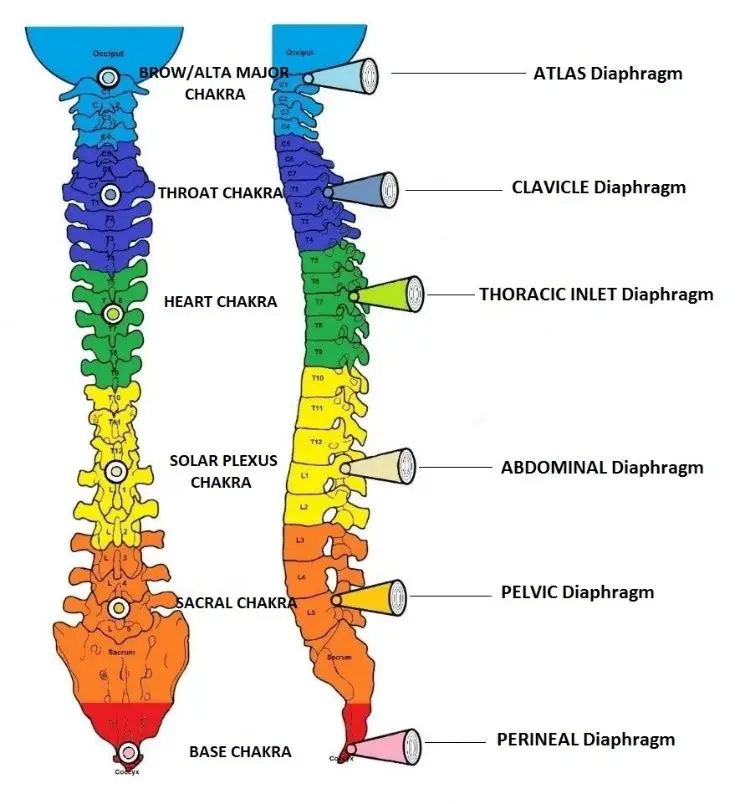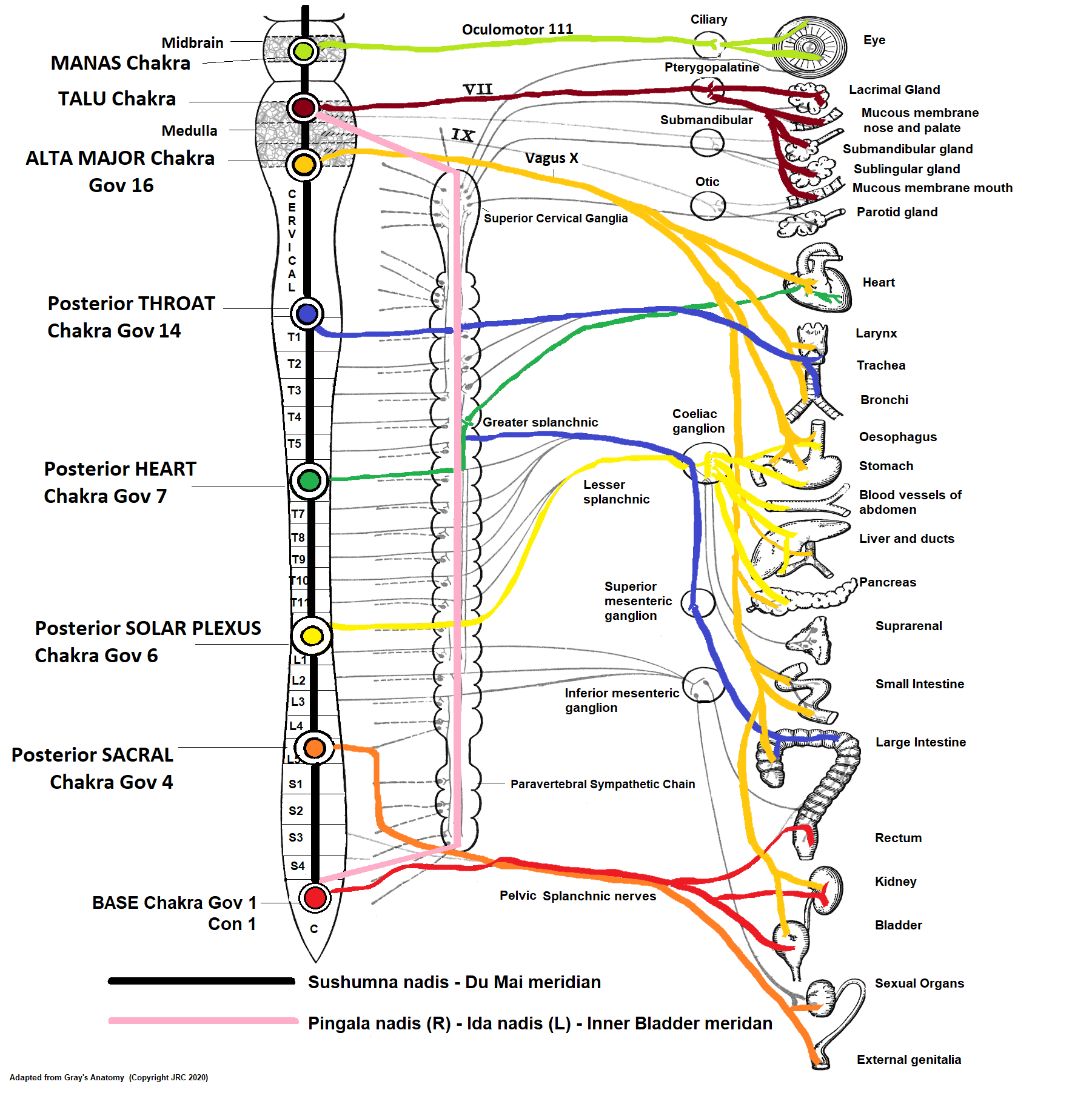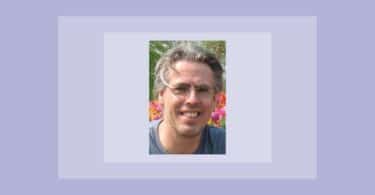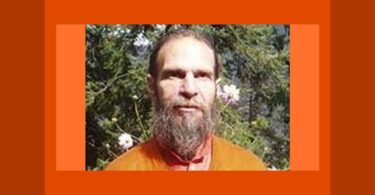John R. Cross FCSP; Dr.Ac., qualified as a chartered physiotherapist in 1970 and registered acupuncturist in 1978. In these two disciplines he has reached the top of the professions by being awarded an acupuncture doctorate in 1987 and made a Fellow of the Chartered Society of Physiotherapy in 2005 for his work in the integration of professional complementary medicine into mainstream physical therapy. He retired from clinical work in 2014 following neck surgery but continues to teach workshops and seminars (covid permitting) on the many aspects of his work. Over the years he has studied radionics, cranio-sacral therapy, reflexology, homoeopathy and distance healing. John is the author of 12 books on acupuncture, acupressure, the holistic spine and the chakra energy system and 3 of these have been translated into 5 languages. He answers queries from practitioners all over the world with treatment of their problem patients. Born in Derbyshire U.K. he has lived in the Isle of Skye in the Scottish Hebrides for the last 20 years.”
I believe that “we become what we think” and that, with a few exceptions, we are totally responsible for our own health. -John R. Cross
KS: Welcome to Hpathy dear John! I look forward to knowing more about the fascinating subject of subtle energies you work with and how they might relate to homeopathy.
You are a fan of the naturopathic approaches to therapy and have practiced traditional and complementary medicine since 1970. How did your journey evolve?
JRC: Firstly, thank you for allowing me to answer your questions for your excellent journal. I trained as a chartered physiotherapist whilst serving in the Royal Navy, qualifying in 1970. I was always interested in the holistic approach so studied homoeopathy via correspondence course (no colleges in the UK at that time), also radionics and radiesthesia by week-end courses.
I started my acupuncture training in 1976 at the British College of Acupuncture in London and gained my Licentiate in 1978. I was awarded the B. Ac. (baccalaureate) in 1982. By this time, I had left the Royal Navy and had set up practice in Devon, UK. My father-in-law was a member of the Spiritualist church and I accompanied him on a couple of occasions, although it was not really for me as I was beginning training as a Methodist Lay Preacher at that time.
It was, though, his interest in Ayurvedic medicine and in particular the chakras that interested me. Once I started studying the chakras, and how they could be adapted in therapy, I started to see many similarities between the chakras and traditional acupuncture philosophy. Over a period of 3 years, I wrote a 50,000-word doctoral thesis on the comparison of the two types of traditional medicine and was awarded an acupuncture doctorate in 1987.
During this time, I had founded specific interest groups within the chartered society of physiotherapy (CSP) in acupuncture and energy medicine. We started with 50 acupuncture members and now there are over 6,000. In 2005 I was made a Fellow of the CSP for my work in the integration of complementary therapies into mainstream physiotherapy.
Throughout all this time I have been an avid practitioner and advocate of naturopathy. I have now written 12 books on the chakra energy system, healing, acupuncture, the holistic spine, acupressure with homoeopathy and reflexology. I should have a new one published in Spring 2021 on the Lesser Major and Minor chakras and how they can be used with acupuncture, acupressure, and reflexology. I have found out that the chakra energy system is a life-long learning and research pursuit.
KS: Your wish to heal your patients, not just to palliate their symptoms, brought you from working with the physical or dense body to approaches that work with subtle energy bodies. Please let us know what kind of secrets they reveal.
JRC: I think the main thing is that it made plain to me that “all is energy” – even the physical body. You can call this energy what you like – prana, chi, ki, vital force etc. but once you accept this as fact, it answers so many questions. The main problem with doctors and therapists who practice modern western allopathic medicine is that they cannot accept the idea of vitalism. I have also learnt that the human body is physical – chemical – emotional in its make up. Each one is interdependent on the other.
KS: In homeopathy mind symptoms play a paramount role for choosing the remedy. With your knowledge of the subtle energy bodies how do you explain the mind’s powerful influence on the physical body?
JRC: This can be answered by knowledge of the aura and the way that the major chakras link the many aspects (or layers) of the aura. Thought, both positive and negative, occurs within the Mental Body (see illustration), often called ”thought forms”.
Thought is energy and when we think, something tangible must occur (energy follows thought). What we think affects us and those with whom we come into contact. If our thoughts are engendering, positive, happy, and helpful and we direct lovely thoughts towards our fellow humans (and ourselves) we feel well.
In contrast, if we show negativity, hatred, pessimism, grief, sorrow, or depressive tendencies, these are reflected eventually in our physical bodies to become symptoms. I believe that “we become what we think” and that, with a few exceptions, we are totally responsible for our own health. The seven major chakras are the link between the Mental Body and the Physical Body and imbalance at the Mental level will give us emotional and physical symptoms, depending upon our constitutional energy weakness.
The Auras and penetrating Major Chakras (according to JRC)
KS: A common denominator of energy healing and homeopathy is to bring about balance from imbalance, or harmony from disharmony. What does true healing mean according to your understanding?
JRC: True healing means inner healing by the client/patient when given the correct non-suppressive treatment by remedy (herbal/homoeopathic), exercise (yoga/meditation) or physical treatment by acupuncture, acupressure, or reflexology.
Inner healing means that the client will feel better within whilst their symptoms may initially still be present. Healing will take place according to Hering’s law of cure. This often means that the symptoms will initially seem to be worse (especially with chronic skin conditions)
KS: Suppression is not only known in homeopathy but may also appear with symptomatic acupuncture. Could you share some thoughts on the futility of localized therapy?
JRC: The only time when suppression is acceptable is the treatment of local acute symptoms when the cause is external e.g., a sprain, strain or burn. Symptoms such as pain, inflammation etc. anywhere on the body that are not caused by injury or accident is the ‘inner being’ waving a red flag indicating to the practitioner that there is an energy imbalance.
It is crucial that the cause or aetiology of the imbalance is treated and not the localised symptoms. An example of this could be “frozen shoulder”. If the patient informs you that the pain and stiffness in the shoulder ‘just happened’ without previous injury, then the body is signalling an imbalance with the Throat chakra (physical or emotional) and the symptoms could be caused by them not being able to express their feelings or even by constipation. It is only when the cause of the imbalance is treated correctly that symptoms will disappear.
KS: In homeopathy we can be sure about true healing when symptoms disappear according to Hering’s rule. Ancient healing methods like Ayurveda and Chinese Medicine can offer an even deeper understanding by explaining how the development of the disease as well as cure follow a logic pattern. In a nutshell… what are these patterns about?
JRC: Traditional Chinese (TCM), Japanese, and to a certain extent Indian accepts the Law of Five Transformations (Elements). This is a complicated Law that takes a lifetime to understand. The philosophy of TCM is based on Taoism which is involved with observations of the natural world and how it operates.
The human body, which is part of the natural world, may be viewed as dynamic energy consisting of internal organs (either yin or yang) that have an interchange with each other based on what occurs in nature. Each organ (including the Triple Energiser and Pericardium) is placed in one of five elements that represent the rhythms of life as Fire, Earth, Metal, Water and Wood.
As the diagram shows, Sheng is the creative cycle, Ko is the controlling cycle, and reverse Ko is the disease progression cycle. In the Sheng cycle fire produces ashes (earth); earth (as ore) produces metal; metal (by hydrolysis) produces water; water produces wood (water gives life to plant life) and wood produces fire (as in fuel).
To cut a long story short (books have been written on this), when the patient is treated correctly, the disease (as a force) will affect the next Sheng organ, either yang or yin until the cycle has completed. If any dis-ease is suppressed or left untreated the reverse Ko cycle will show how disease force affects each organ in turn.
This is a simplistic way of looking at disease, but in most cases, it seems to work. In my book on ‘Acupuncture and the Chakra Energy System’ – North Atlantic Books, Berkeley, USA 2008 I had the temerity to transpose the Law of Five Elements into chakra philosophy, as that is how it made sense to me. It was greeted with praise and derision in equal measure! See diagram below
The Law of Five Transformations (Elements) according to traditional Chinese medicine
KS: The concept of the dynamic, spirit-like vital force underlies the homeopathic philosophy. Prana, as this force is called in Ayurveda, travels along energy pathways called nadis. Could you tell us more about this force? I’m sure Hahnemann would have loved to know more about?
JRC: Having read much about Hahnemann, I am sure he had knowledge of many other forms of medical approaches, including traditional Indian and Chinese. It is said that the Etheric Body is filled with thousands of energy channels called nadis through which vital force (prana) flows. There are said to be 72,000 nadis, each of which are formed by fine threads of subtle energy matter.
They are different from the meridians of TCM. The nadis represent an extensive network of fluid like energies which parallel the body’s nerves. Because of their union with the central nervous system, the three main nadis channels are aligned on the vertical axis of the trunk from the Base to the Brow (and onto the Crown) chakras.
These are the Sushumna, Ida and Pingala nadis. The Sushumna nadis is situated along the vertical spinal column thus affecting the spinal cord. From it, thousands of minor nadis branch out and link with the nervous system of the physical body. We can equate the Sushumna nadis to the Governor (Du Mai) meridian of TCM.
The Ida and Pingala nadi emanate also from the Base chakra region and travel up the spine and anterior aspect of the body to equate with the inner Bladder meridian and Kidney meridian. Some traditions have the Ida and Pingala nadi ‘crossing over’ to form the major chakras, based at several diaphragmatic regions. My own research shows that these nadi energies are linked with the paravertebral sympathetic chain and can be affected by craniosacral therapy.
Diagram showing the Sushumna, Ida and Pingala Nadi
Diagram showing the ‘diaphragmatic’ regions of the major chakras
KS: Akin to the Ayurvedic philosophy of healing you opine that we can only change the vital force within us that hereditary disposition or congenital factors do not govern. Please could you illustrate this?
JRC: Ayurveda, along with most other types of natural healing, states that you cannot cure the incurable. Such conditions as congenital deformities are beyond its realm. With non-congenital conditions, once irreversible physiological changes have occurred, it is unlikely that healing can take place. It is possible with some naturally gifted spiritual healers, but that is way beyond my powers. The Base (Muladhara) chakra deals with congenital and extremely chronic conditions, and by treating this chakra over several sessions it is possible to do amazing work, but congenital and irreversible neurological conditions will not improve.
KS: With the seven different auric layers the causes of the disease might originate on either of these levels. In which way do Hahnemann’s chronic miasms relate to them?
JRC: What a great question! Homoeopathy works by treating and energy balancing the essence of a patient and this may work at any auric level (see answer to next question for potencies). When given the correct constitutional remedy or even the simillimum for a complex case situation, self- healing will occur through any of the auric levels.
Any internal organic, endocrine, chemical, fluid imbalance will occur through the Etheric and Emotional levels. Emotional conditions and some mental illness (such as depression) will occur through the Emotional and Mental levels.
Phobias, suppressed emotional imbalance, rigid characteristics occur through the Astral or Intuitional Body. The inherited taints or pre-dispositions (miasms) can be affected through the Causal Body, as can affecting the genetic coding, although this may take some considerable time, but I have seen it happen. Someone once said that homoeopathy is ‘surgery for the soul’ and I believe it is at the Causal level where the Western idea of soul resides.
KS: Pondering the various levels of illness and healing I wonder whether homeopathic treatment can reach to the spiritual /divine level?
JRC: As each auric body operates through different frequencies (as does every chakra), it is important to choose the correct homoeopathic potency to affect the various auric levels. In short, lower potencies affect the lower aura and higher potencies affect the higher aura. In simplistic terms (it is more complicated than this).
6x – 6c potency affects the Physical/Etheric, which covers physical accidents and injuries
30c potency affects the Etheric/Emotional level for internal organic, fluid, endocrine energy imbalance
200c potency affects the Emotional body for some acute emotional imbalance
1M potency affects the Mental Body for more chronic emotional imbalance
CM potency affects the Astral (Intuitional) and sometimes the Causal Body for herediteral and miasm imbalance.
I guess that MM potency would cover the Divine field, although this is a field where I have no expertise. I know a couple of homoeopaths who only work at this level and have amazing results, but, as I said, it is beyond my scope of experience. Although the suggested potencies will directly affect the auric body that needs ‘treatment’, when the chakras between each of the levels are functioning well, the lower potencies will work well at higher levels using the chakra gateways. That is why some physical treatments such as deep massage or reflexology can affect the emotions in such a powerful way.
KS: In homeopathy it is supposed that remedies act via the nervous system, a mechanism of action that is hypothesized in energy healing too. In which way do the chakras and main nadis and their dysfunctions relate to the nervous system of the human being?
JRC: In my humble opinion all healing occurs through the central and autonomic nervous systems. Each of the posterior aspects of the major chakras influence levels of the spinal cord as well as ganglions and plexii of the autonomic nervous system. They are as follows: –
- Base chakra – tip of coccyx up to S3 and Pelvic Splanchnic Plexus (parasympathetic)
- Sacral chakra – S2 up to L3 and the Pelvic Splanchnic Plexus plus aspects of the Inferior Mesenteric Ganglion
- Solar Plexus chakra – L2 up to T9 and the Coeliac and Superior Mesenteric Ganglia
- Heart chakra – T8 up to T4 and the Coeliac Ganglion
- Throat chakra – T3 up C5 and Inferior Cervical Ganglion
- Alta Major chakra (posterior Brow chakra) – C4 up to Cranial Base and Superior Cervical Ganglion
- Crown chakra is not linked with the central or autonomic nervous systems
Regarding the Sushumna, Pingala and Ida nadi, I believe that the Sushumna relates to the whole length of the spinal cord (as does the Governor or Du Mai meridian). The Pingala and Ida nadi are related to the whole length of the Sympathetic Vertebral Chain that runs alongside the spinal cord. This equates to the inner Bladder meridian in TCM. The following diagram explains better than words.
KS: Based on your decades of clinical experience and inspired by your thirst for knowledge and desire to address the aetiology of the disease you came to combine the chakra energy system of the Ayurvedic philosophy and acupuncture of the Chinese Medicine. Which synergistic effects result from joining two separate philosophies into one practice?
JRC: I think it has cemented my thoughts and philosophy on medicine. Although modern Western acupuncture is often ‘symptomatic pin pricking’, the approach of traditional philosophies such as Ayurveda and TCM insist the naturopathic approach to medicine is the correct one. The following has guided my career: –
- Treat the person who has the dis-ease and never palliate or suppress symptoms
- Take a thorough Case History, concentrating on finding out about the person, not the symptoms. Remember that the presenting symptoms are the ‘tip of the iceberg’ of the underlying energy imbalance. Listen out for the words ‘I’ve never been well since ……..’. This could be an accident, loss of a love one etc. This is a ‘block’ and needs to be removed with treatment before self -healing in full can occur.
- Healing is done by the patient themselves using their own built in vital energy. All the practitioner does is to ‘shift a gear’ in their system by giving the correct remedy or treatment. Allow healing to take place. You know when the correct treatment has been given by the patient feeling better within, not the symptoms improving.
- Be aware of your knowledge base and experience and never attempt to treat something if you are unsure as to the outcomes.
KS: Thanks for sharing your wisdom and experience with our readers! I’m filled with humility about what ancient healing methods can teach us and I’m sure your comments can be a marvellous opportunity for our readers to broaden their horizon and get some deeper issues clarified!
John R. Cross’s email for questions is [email protected]
His web site is www.johncrosspublications.com
Diagrams are given to enhance the answers. They are, though, mostly John R. Cross’ copyright and are not to be used in any other context without his permission. © John R. Cross


